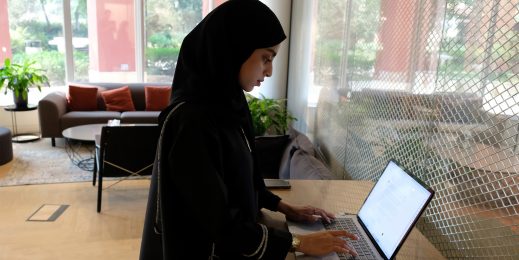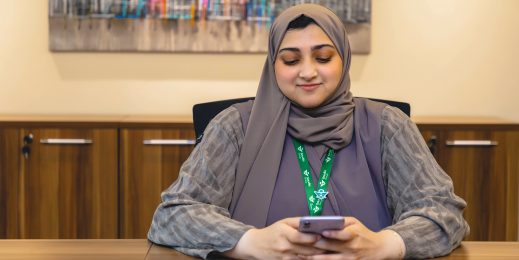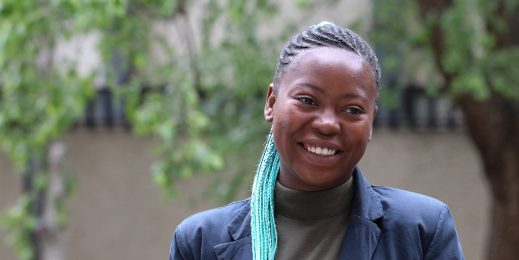
Rewiring the Human Brain
The brain is the only organ that has ever named itself.
Dwell on that too much, and you’ll soon find yourself tumbling down an existential crisis rabbit hole. Apologies in advance.
For centuries, scientists, philosophers and laypeople alike have all been fascinated by the unimaginably complex organ that rests between our ears. Countless pages have been filled discussing consciousness, the formation of memories, the control of our bodies, and much more.
Today, with access to ever-improving technology, we are learning new things as each day passes, allowing us to experiment and reward ourselves with more knowledge than ever before.
One company powering ahead in this movement is Russia-based Intelligence and Innovation, and its quirkily-named Rehabunculus system.
Studying neural networks and experimenting with their practical application in sports training and rehabilitation, the company has even ventured as far as developing a simulation system for training astronauts. Not bad for a staff count of only 16 people…

.
Mind and Body
In the middle of a room – surrounded by four brick walls and no windows – stands a person holding a futuristic-looking gun. They turn and face a target, their hands shaking, betraying their inexperience. They shoot, landing five or six shots at the target’s edge.
Having emptied the magazine, they peel off their virtual reality (VR) headset, and hand it back to Alexander Kashcheyev, Technical Director of Intelligence and Innovation at Rehabunculus.
“In real life, when you shoot, you perform tracking motions”, Kashcheyev explains. You keep your eyes on the target, the sight, and the point on the target you’re aiming at.”
“Our system waits for the moment you are about to make a mistake, using a neural network to project the trajectory of your motions. By using virtual reality, we can detect that error several frames in advance and amplify it. For you, that would feel like your hand is not raised high enough or is shaking more. By receiving this kind of feedback ahead of time and in an amplified form, your brain is able to react faster and adjust your motor program.”
.
Neural networks help restore brain cells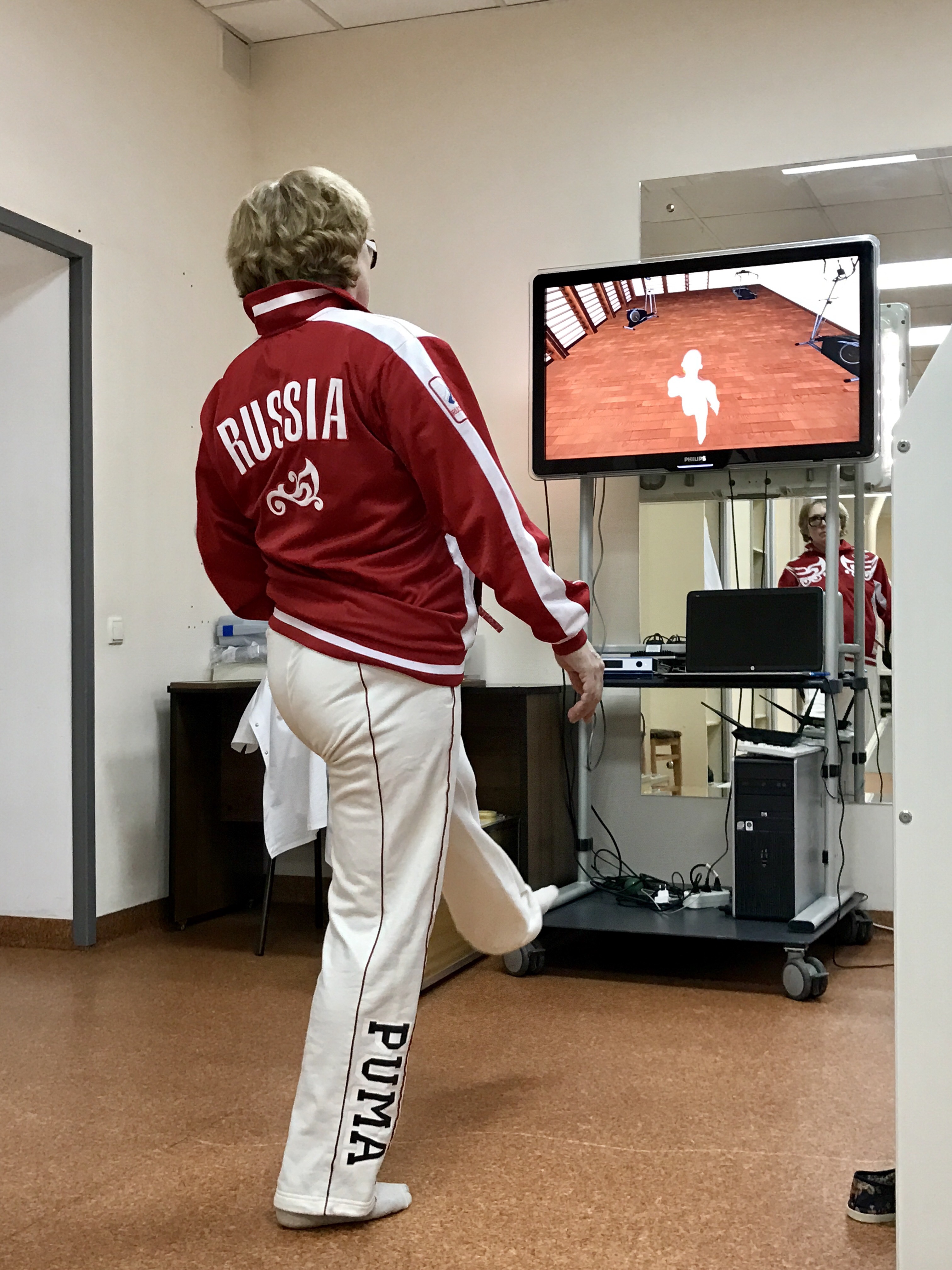
The artificial intelligence (AI) system developed by Intelligence and Innovation is essentially a tool that can help ‘reprogram’ the brain and teach it practically any motor skill. Such a system can be applied in a vast variety of ways. One important area where AI could serve as a personal trainer is medicine, particularly in the case of rehabilitation patients who have had strokes.
One of the project’s specific objectives is to ensure that stroke patients execute their rehabilitation exercises properly. As many patients can’t control all their muscles equally, they can carry out exercises incorrectly. Once this baseline has been established, it’s very difficult to correct.
Rehabunculus is similar to a Kinect-equipped Xbox game, in that the patient is required to perform simple exercises, such as hitting flying tennis balls with a racket. But the system is more than just a game – the software analyses a patient’s movements and encourages them to gradually increase their range. Yegor Tokunov, Head of Business Development at Intelligence and Innovation, elaborates: “Stroke patients often tend to lose their motivation over time if they don’t see any results from exercising,” says Tokunov.
“That is why we have used the same movement prediction system for Rehabunculus, but in a reverse fashion: instead of highlighting the patients’ errors, it tells them they are doing better than they actually are. Positive results motivate people to continue exercising.”
Rehabunculus is currently being tested with a group of stroke patients and rehabilitation doctors at the Neurology Research Center. Its future transition from testing to mass application will be assisted by yet another Microsoft technology – the Azure cloud platform.
The power of the cloud
Tokunov explains that “The neural network used for movement prediction will be generated in the Azure cloud. It will analyze the patient’s movement patterns, which will serve as the basis for creating a downloadable module of the neural network that will make predictions in real time while being installed on a local computer.”
“Such a necessity comes from the fact that the human motor control system has so many layers, in fact, the neural network we create essentially replicates the patient’s motor control hierarchy.”

.
Space walk
Tokunov sees many more ways of using Rehabunculus in the future, such as employing it for all kinds of post-injury and post-surgery rehabilitation programs. But the system has already drawn attention from another industry – space exploration.
A broadcast news story about Intelligence and Innovation and its involvement with athletes caught the eye of senior management at Energia Rocket and Space Corporation, Russia’s major spacecraft manufacturer.
Energia invited the tech company to think how to use its invention for astronaut training purposes. That was the start of cooperation between the two companies, which included a joint visit to NASA and the signing of a protocol of intention stating that Intelligence and Innovations plans to promote its technology at NASA.
The purpose of the company’s collaboration with Energia is to develop a system that would simulate the stress experienced by astronauts while performing extravehicular activity in a space suit.
“There are many specific factors here. An astronaut’s movements are restrained by the pressure of the space suit, which is inflated from within. The difference between the suit’s internal pressure and the external pressure in outer space is 0.4 atmospheres, and this difference provides for rather peculiar kinematics. It especially affects fine motor movements, such as using our hands while wearing astronaut gloves.”
Today, outer space simulations are done using neutral buoyancy pools and reduced-gravity aircraft. Intelligence and Innovation’s technology may enable simulation without using such facilities. All that should be needed is a testbed that simulates zero-gravity using a suspension apparatus and a virtual reality headset.
“We are now in the first stage of research, which involves developing a kinematic algorithm that would provide for the specifics of moving around in a space suit. We will insert that data in our platform, as well as identify the routine and non-routine operations that an astronaut has to perform. Then we should be able to provide space simulation for training astronauts without going anywhere.”
Docking Federation
“Russia is currently building a new-generation spacecraft called Federation, which will feature a brand-new manual docking system. We are now discussing how our technology could be used for training astronauts to operate it.In essence, we are talking about an augmented-reality experience, where you don’t need to completely enter a virtual reality. There will be real-life controls, real-life display units and real-life docking equipment, whose physics will be based on the spaceship’s engine performance characteristics.
Exercise data will be used to generate a simulated image of the spacecraft on a display unit for the pilot.”
.
The future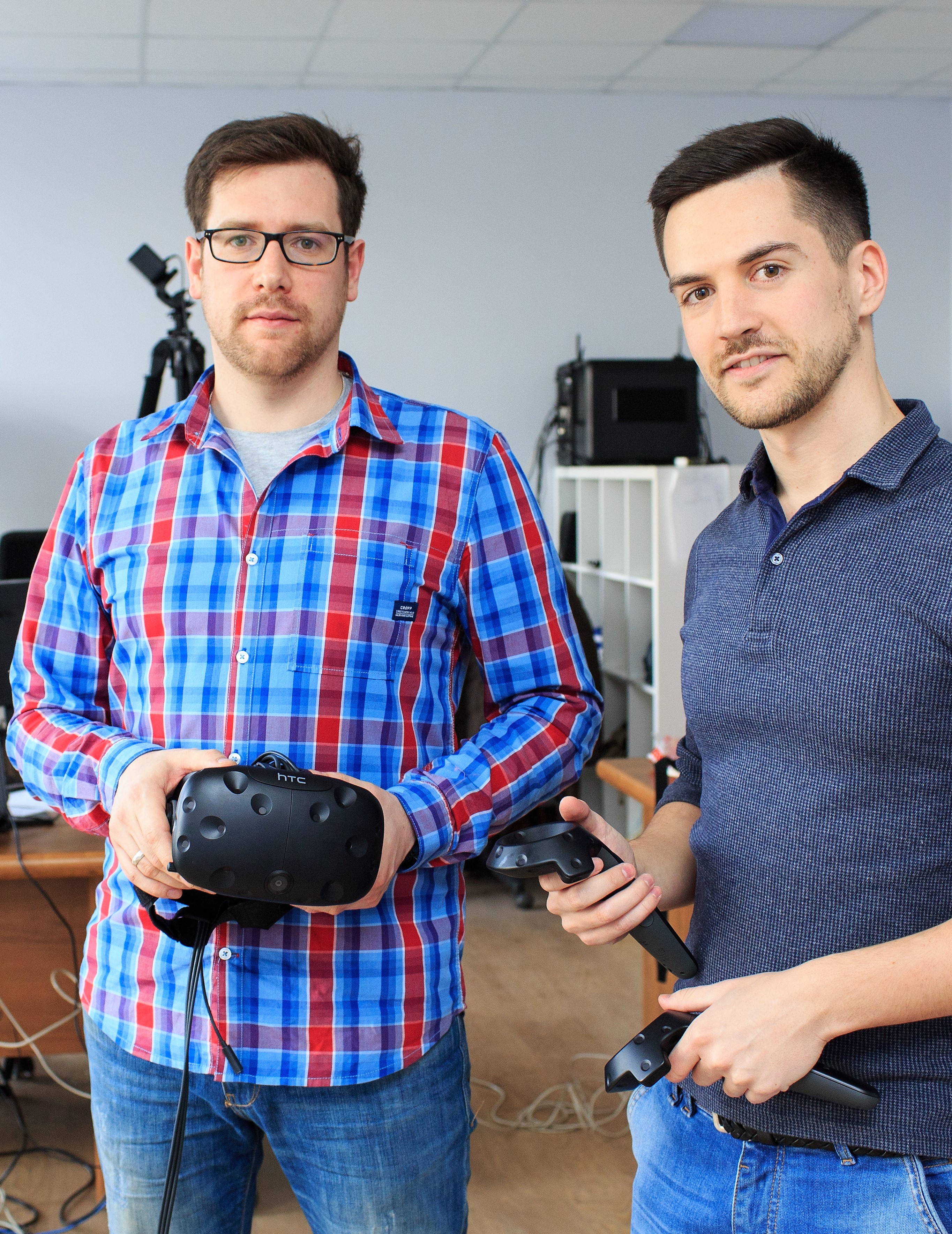
Intelligence and Innovation is currently financed by investment funds and private investors. The company plans to make money by selling its system to customers, but as far as the medical market is concerned that is still a long way ahead.
“We need marketing authorization to be able to sell Rehabunculus to clinics and hospitals in Russia, and obtaining it is a time-consuming and non-transparent process,” Tokunov explains. “That is why at the moment, we are only allowed to sell it to end users – that is, patients – marketing it through exercise physiologists as a physiotherapy product.”
“We already have positive feedback from the Neurology Research Center. We are also setting up our system for testing at the Sechenov Medical University in Moscow, where it will be used over six months. In other words, we are now preparing the market for our product.”
The company is also contemplating entering the global market and selling in the U.S.
“There are many customers there, and there’s already a potential interest in our product,” says Tokunov. “It should be easier to market Rehabunculus there, because it is easy to integrate it in other telehealth systems. This should enable us to supply our product to so many more customers.”
Besides Rehabunculus, Intelligence and Innovation has another source of income. The company sells accessory solutions developed while working on the main project: fixtures, batteries, wireless devices and even high-performance computers designed to be carried in a backpack and powered by a battery.
“We sell those products to virtual reality parks and escape room companies,” says Maksim Tchizhov, head of marketing and sales, who Tokunov introduces as the man in charge of the technology’s future. His job involves looking at the various ways and areas where the company’s invention could be applied.
“The core of our system is the neural network that can teach an individual any motor skill. It could be used for training industrial personnel to operate equipment, for example. The military could also use our system for training tactical skills as well as all kinds of special skills. There is currently a big demand for such solutions from the military,” Tchizhov explains.
However, Tokunov believes that AI-assisted training is only a market in the making so far. “It is a ‘blue ocean’ that no one is exploring,” he says. “There is nobody doing AI-assisted education or training right now.”
Whatever areas prove to be the best market for the company’s technology, the team is confident of its future success. “Whenever we are in doubt, we just go ahead and test it,” says Tokunov.
If that hasn’t made you forget about your existential crisis, then nothing will.






